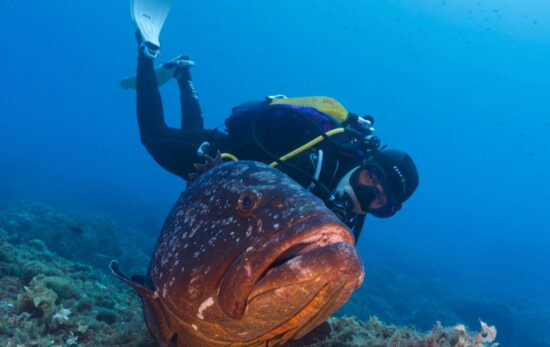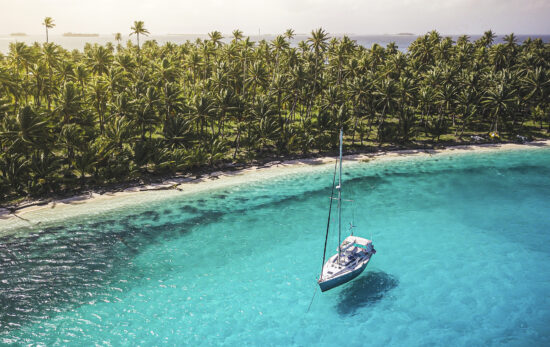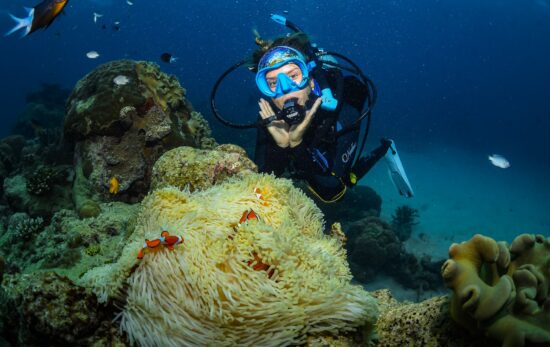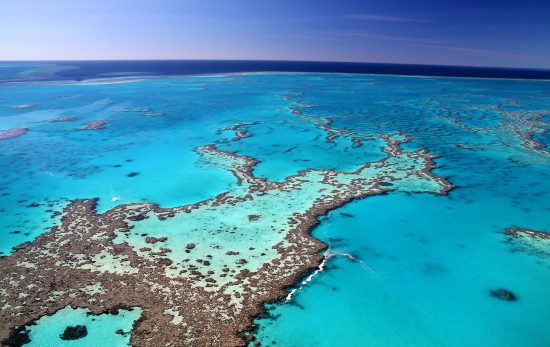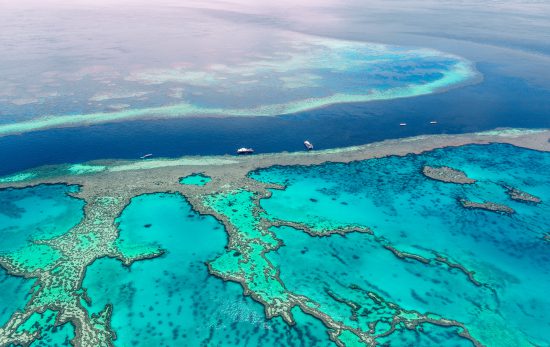When it comes to wreck diving, Australia is hard to beat with almost 8,000 registered wrecks to choose from. The variety of wrecks is phenomenal and you’ll find a full spectrum of vessel types!
Here are some of our favourite wreck dives from all around Australia, so if you have a ‘lust for rust’, read on!

Ex-Navy Frigates
There is a host of ex-navy frigates spread around the coast of Australia – all with different marine life and diving conditions – here are some of best known for scuba diving.
EX-HMAS Tobruk
Location: Hervey Bay area, QLD. 27km (17 miles) off shore between Hervey Bay and Bundaberg
Level: All levels. The wreck sits at between 11 and 30 meters (33 and 100 feet).
The Tobruk is one of the world’s newest wreck diving sites and was officially opened for underwater exploration in late February 2019. The Tobruk site is over one hundred meters long and you can expect to meet a host of marine life along the way!
EX-HMAS Brisbane
Location: Mooloolaba, 4.6km (2.9 miles) off the Sunshine Coast, QLD
Level: All levels
This decommissioned guided missile destroyer is a colourful living reef and home to hawksbill turtles, reef octopus, occasional eagle rays, nudibranch and even leopard sharks.

EX-HMAS Adelaide
Location: The Ex-HMAS Adelaide is located 1.4 kilometres (0.86 miles) from the Skillion at Terrigal and 1.8 kilometres (1.1 miles) from Avoca Beach (NSW).
Level: Advanced Open Water Diver (top decks are at approximately 25 meters (82 feet), including Technical Diving opportunities.
When you dive the ex-HMAS Adelaide there is certainly a lot of ship to see. Just cruising around the outside of the artificial reef, the sheer size makes an awesome sight. The ex-HMAS Adelaide lies in approximately 35 metres (115 feet) of water with the bow facing towards the open ocean. There are multiple deck levels as well as diver access holes to create easy entry and exit points. A great wreck for multi-level, penetration and more advanced diving.
EX-HMAS Canberra
Location: Melbourne (VIC)
Level: All
The ex-HMAS Canberra, a former warship which served the Australian Navy between 1981 and 2005, is the first artificial reef in Victoria created specifically for diving. The vessel was scuttled off Barwon Heads in October 2009 and now lies in 28 metres (92 feet) of water, with the top of the mast about 5 metres (16 feet) below the surface at low tide.
Divers are able to access the superstructure of all decks. Highlights are the junior mess mural, the captain’s cabin, the bridge, galley, mess decks and operations room. These areas have been left as intact as possible to create additional interest for divers, plus nooks and crannies for creatures.
EX-HMAS Hobart
Location: Adelaide (SA). Located in the Rapid Head Sanctuary Zone – part of the Encounter Marine Park
Level: Advanced Open Water Diver and Enriched Air Diver (Nitrox) recommended.
The 134 metre (440 foot) ex HMAS Hobart was a Charles F. Adams class guided missile destroyer in the Royal Australia Navy (DDG 39), built in the United States of America and commissioned in 1965 in Boston. The vessel completed three tours of duty off Vietnam and in 1968, two sailors lost their lives and seven others were injured after the vessel was hit by “friendly” fire. The Hobart was sunk in November 2002 as an artificial reef and lies in 30 metres (100 feet) of water approximately 4km (3.73 miles) off Rapid Bay.
Expect to see a wide variety of marine life as you explore this colossal wreck!
EX-HMAS Perth
Location: Albany (WA)
Level: All. Easy conditions and shallow areas.
The ex HMAS Perth is a former missile destroyer vessel measuring 133 meters (436 feet) long, so there is plenty of wreck to explore!
The HMAS Perth lies on the sandy bottom with a max depth of 35 meters (115 feet). There is plenty of original equipment still intact and visible to divers including holes in the hull from when the ship was under fire! Marine life highlights here include chance encounters with sea lions and during the winter months keep your eyes out to the blue for a passing humpback whale sighting.

EX-HMAS Swan
Location: Dunsborough, South of Perth (WA)
Level: All levels including beginners.
This former navy destroyer escort vessel is 113 metres (370 feet) long and was scuttled in 1997 in order to create a wreck dive site and an artificial reef. Sitting on a sandy bottom at 30 meters (100 feet), the top of the shipwreck is only 6 meters (20 feet) deep. For experienced divers there are plenty of penetration possibilities and with varied marine life, underwater photography is popular here too.
The wreck is home to around 100 different species of fish and frequent sightings include batfish, bullseyes, samson fish, cowfish, and many more. The soft coral, when opened is also a colourful highlight.
SS Yongala
Location: 90km (55 miles) southeast of Townsville; 10km (6.2 miles) from Cape Bowling Green.
Level: Advanced divers due to strong currents and depth.
It’s impossible to have a conversation about wreck diving in Australia without mentioning the SS Yongala, which is often cited by many wreck diving enthusiasts as being the best wreck dive in the world.
For years after its disappearance during a cyclone in 1911, the ships final resting place was unknown and remained a mystery for almost 50 years. It was only in 1958, that the wreck was finally discovered laying on its starboard side in 30 meters (100 feet).
The Yongala is not only a stunning wreck, over a century underwater has transformed it into a thriving artificial reef which is adorned in kaleidoscopic corals and home to hoards of marine species including: spotted rays, loggerhead turtles, olive sea snakes, triggerfish, groupers, white tip reef sharks, reef octopus, seahorses and guitarfish.
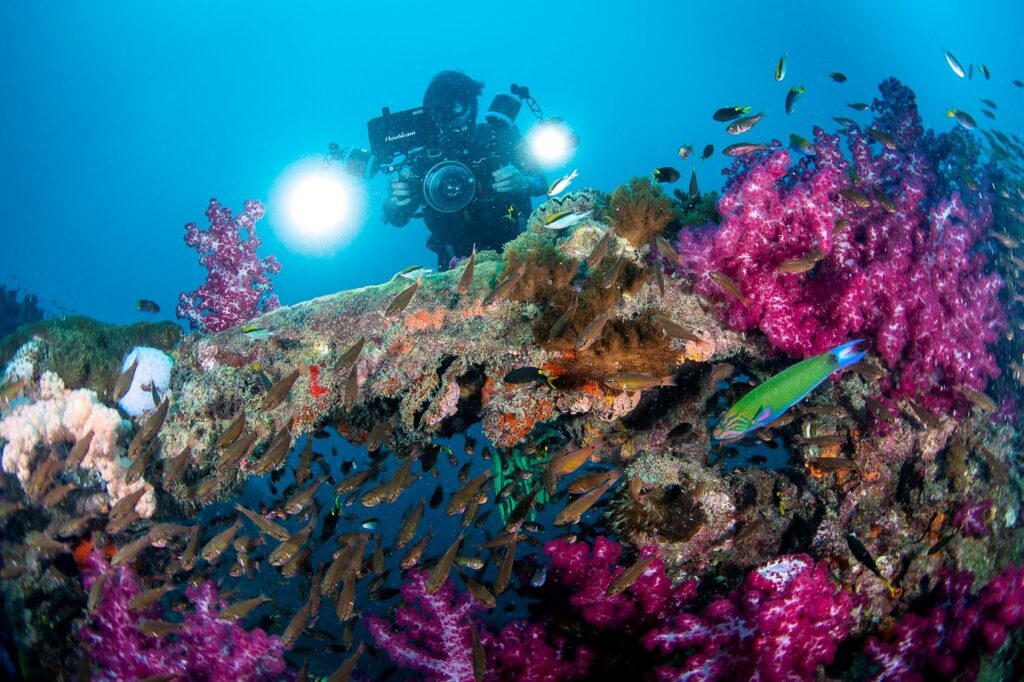
Lady Bowen
Location: 60 minutes by boat from Mission Beach.
Level: Advanced divers due to depth and currents.
This deeper wreck sits upright at 34 meters (112 feet) and, like the SS Yongala, has become a beautiful, living reef which is teeming with life and bursting with colour.
Although the Lady Bowen has been underwater since 1894, the hull is still clearly identifiable on this 68 meter (220 foot) steamer. Common marine life sightings include groupers, sea snakes, turtles, lionfish and barracuda.
The Ships Graveyard
Location: South of Melbourne (VIC), boats run out from Portsea and Queenscliff
Level: All levels
South of Melbourne there is a Ships’ Graveyard. It’s located 7 kilometres (4.3 miles) east of Torquay’s Fisherman’s Beach through to Point Lonsdale. For wreck divers this is a dream come true as there are 46 known wrecks to choose from in the ‘graveyard’. They consist of tugs, dredges, barges, lighters, coastal freighter, World War One submarines, a paddle steamer plus a patrol boat. Many of these vessels were stripped down and scuttled by an explosive charge or an opened valve cock, and many remain fairly intact to this day. There is certainly plenty to see for all levels!
The Coolooli
Location: Sydney (NSW)
Level: Advanced and Technical divers.
The Coolooli sits at 47 meters (154 feet) and is 50 metres (164 feet) long, lying on her starboard side. The wreck has suffered damage over the years from storms but there are still some penetration points (caution advised). This technical wreck is a great dive and marine life here is also a drawcard. Look out for large kingfish on the upper hull area and even the occasional Australian fur seal can be spotted too! Other sightings include, small schools of whiting, morwong, Port Jackson sharks and large wobbegong sharks. Giant cuttlefish can also be found in many areas of the wreck.
The Glenelg Dredge
Location: Adelaide (SA)
Level: Advanced and Technical divers.
The Glenelg Dredge and the nearby Glenelg Barge are part of the underwater fleet which also includes three barges – The Stanvac Barges (1954), The Lumb (1994), MV Seawolf (2002) and Ex-HMAS Hobart (2002) which is also listed above.
The Dredge now lays upright and intact on sand at 21 metres (69 feet). The depth of the deck is 15 metres (50 feet). The wreck supports many species of fish including brown spotted boarfish, long-snouted boarfish, various leatherjacket species, bullseye, old wives and dusky morwong. More occasional, but impressive to catch a glimpse of, are graceful blue devils, cuttlefish can be seen from time to time and sightings of common sawshark have been reported.

The Key of Biscayne
Location: Perth (WA)
Level: Advanced and Technical divers.
The Key Biscayne was a jack up oil rig which now sits upside down on its legs on a sandy seabed in 42 metres (138 feet) of water. The highest point of the wreck being at 26 metres (85 feet), makes this a dive for advanced divers and those with Technical Diving certifications. The rig is now home to a variety of marine life, and the size of the rig offers experienced divers a memorable dive during times when visibility is good.
Look out for large schools of pelagics such as trevally and samson fish which circle the wreckage along with grey nurse sharks. Western Australian dhufish, snapper, Port Jackson sharks are also common sightings.
SS Nord
Location: Tasman Peninsula (access from Hobart)
Level: Advanced divers due to depth, current and cold water.
Located on the tip of the Tasman Peninsula, the SS Nord wreck is a protected 81meter (266 foot) long cargo ship that was built in 1900. The SS Nord sank in 1915 after striking a sunken pinnacle near Hippolyte Rock a few miles from Tasman Island. The SS Nord now rests at 42 meters (138 feet). The wreck is still wonderfully intact and is a firm favourite of many Australian wreck diving enthusiasts.
The SS Nord can be penetrated by experienced divers and there are still a few artefacts to see, including Chinese crockery and brass fittings. A plethora of marine species can be found here including angelfish, butterflyfish, parrotfish, barracudas, and groupers.
SS Satara
Location: South of Seal Rocks, New South Wales.
Level: Advanced divers due to depth and currents.
The SS Satara struck a shallow reef south of Seal Rocks and sank in 1910 although the wreck was not discovered until 1984. This 130 meter (427 foot) long vessel came to rest at between 35 meters (115 feet) and 44 meters (144 feet).
The SS Satara is a huge wreck with plenty to see but due to the depth, its best suited to technical divers who will have longer bottom times. The currents that sweep over the wreck can be strong but bring with them the chance to see grey nurse sharks and black cod.
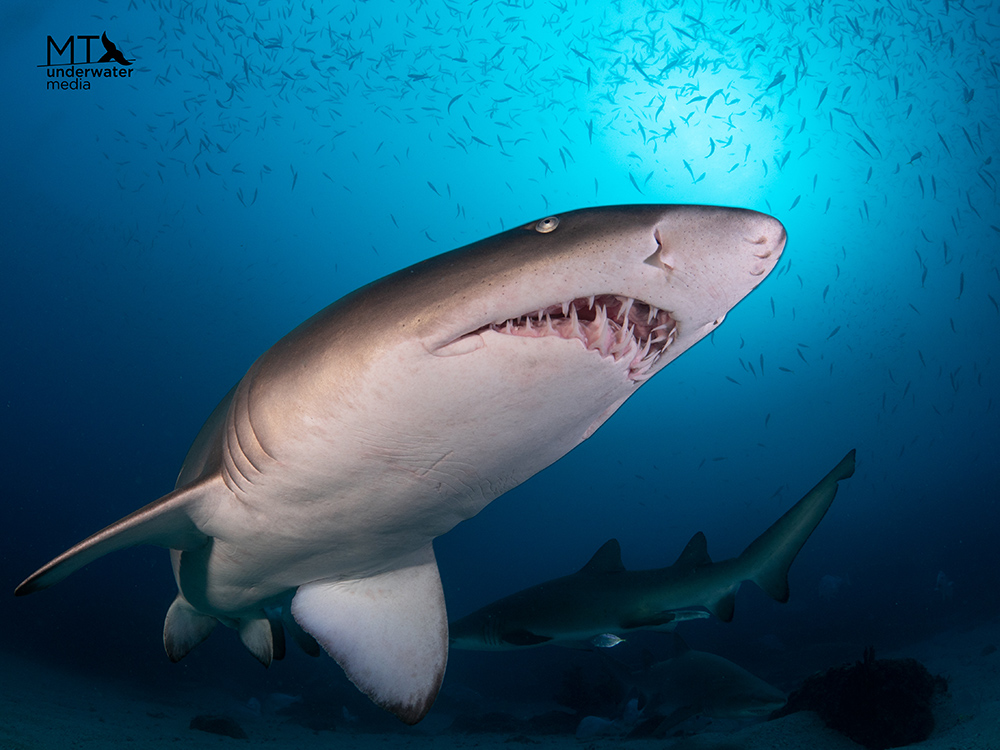
Are you feeling inspired to explore some of Australia’s most famous ship wrecks? Start your Wreck Diver course online with PADI eLearning and locate a PADI dive shop to start exploring these wrecks. You won’t be disappointed!

